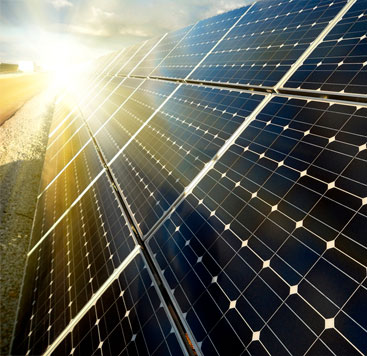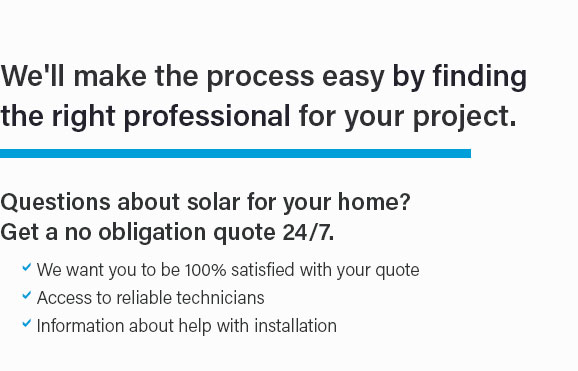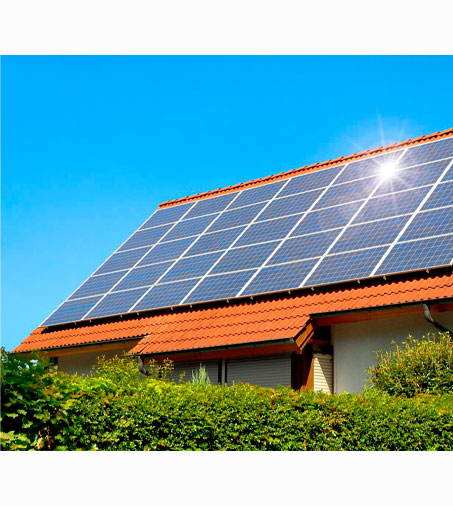 |
 |
 |
 |
 |
 |
 |
 |
 |
 |
 |
 |
 |
 |
|
 |
 |
 |
Exploring the Landscape of Commercial Solar System InstallationThe shift towards sustainable energy is no longer a distant aspiration but a palpable reality, with commercial solar system installations leading the charge. Today, businesses globally are embracing solar energy not just as a trend but as a critical component of their operational strategies. The allure of solar power extends beyond its eco-friendly nature; it embodies a practical solution to mounting electricity costs and offers a promising return on investment. Installing a commercial solar system is a multifaceted endeavor, requiring meticulous planning and execution. First, it's essential to conduct a thorough energy audit to assess current consumption patterns and future needs. This step ensures that the solar installation is appropriately sized and designed to maximize efficiency. The installation process, while technically complex, is streamlined by experienced professionals who manage everything from securing permits to system commissioning. One might wonder, why the sudden surge in popularity? The reasons are manifold. Environmental consciousness is undoubtedly a driving force, with businesses striving to reduce their carbon footprints. However, the financial incentives are equally compelling. Federal and state tax credits, coupled with rapidly declining costs of solar technology, make the prospect of adopting solar power economically attractive. Furthermore, solar installations can significantly enhance a company's brand image, signaling to clients and stakeholders a commitment to sustainability. The choice of solar panels is another critical consideration. Options abound, from monocrystalline to polycrystalline panels, each with its unique benefits. Monocrystalline panels, known for their high efficiency and sleek appearance, are often favored in commercial applications despite their higher cost. Conversely, polycrystalline panels, while less efficient, offer a cost-effective alternative. The decision ultimately hinges on the specific energy goals and budget constraints of the business. Despite the undeniable advantages, businesses may encounter challenges in the transition. The initial capital outlay can be daunting, and navigating the complex landscape of solar regulations and incentives requires expertise. Moreover, integrating solar energy with existing energy systems demands careful coordination to ensure seamless operation. Nevertheless, with advances in solar technology and increasing expertise in the field, these challenges are increasingly surmountable. Looking ahead, the trajectory of commercial solar installation is poised for further growth. Innovations such as energy storage solutions and smart grid technologies are set to revolutionize the sector, offering unprecedented control over energy use and further enhancing the appeal of solar systems. As the world grapples with the pressing need for sustainable solutions, commercial solar installations stand as a beacon of progress, promising not only environmental benefits but also economic and strategic advantages for forward-thinking businesses. https://www.solarelectricsupply.com/commercial-solar-systems?srsltid=AfmBOoqAhJu_XMR_bBrZwd8j7O6hjm179XDU-bRRjxFAL3Yv5tXoLqRG
Commercial solar systems by Solar Electric Supply (SES) are custom solar panel grid-tie power systems for commercial buildings. https://www.solaralliance.com/commercial-solar-arrays/
Most commercial solar installation projects are connected to the local electrical grid so that you can take advantage of net metering. Commercial or industrial ... https://www.sunvalleysolar.com/commercial-blog/the-commercial-solar-installation-process
Smaller rooftop systems can take as little as 2-3 weeks while larger, more complex systems can last several months. Your solar installer will ...
|